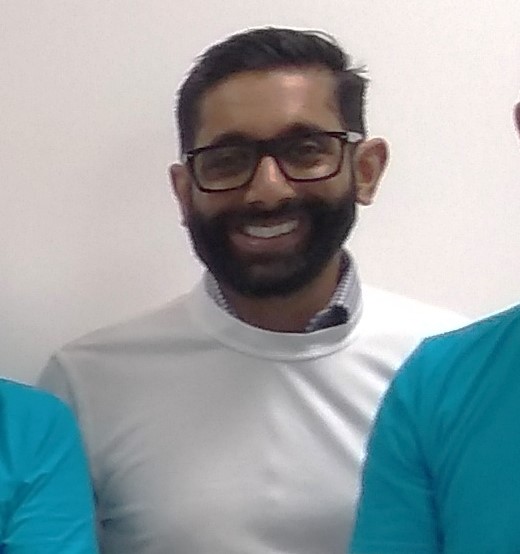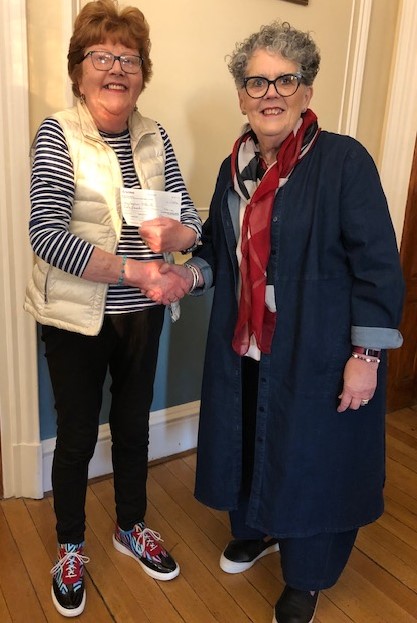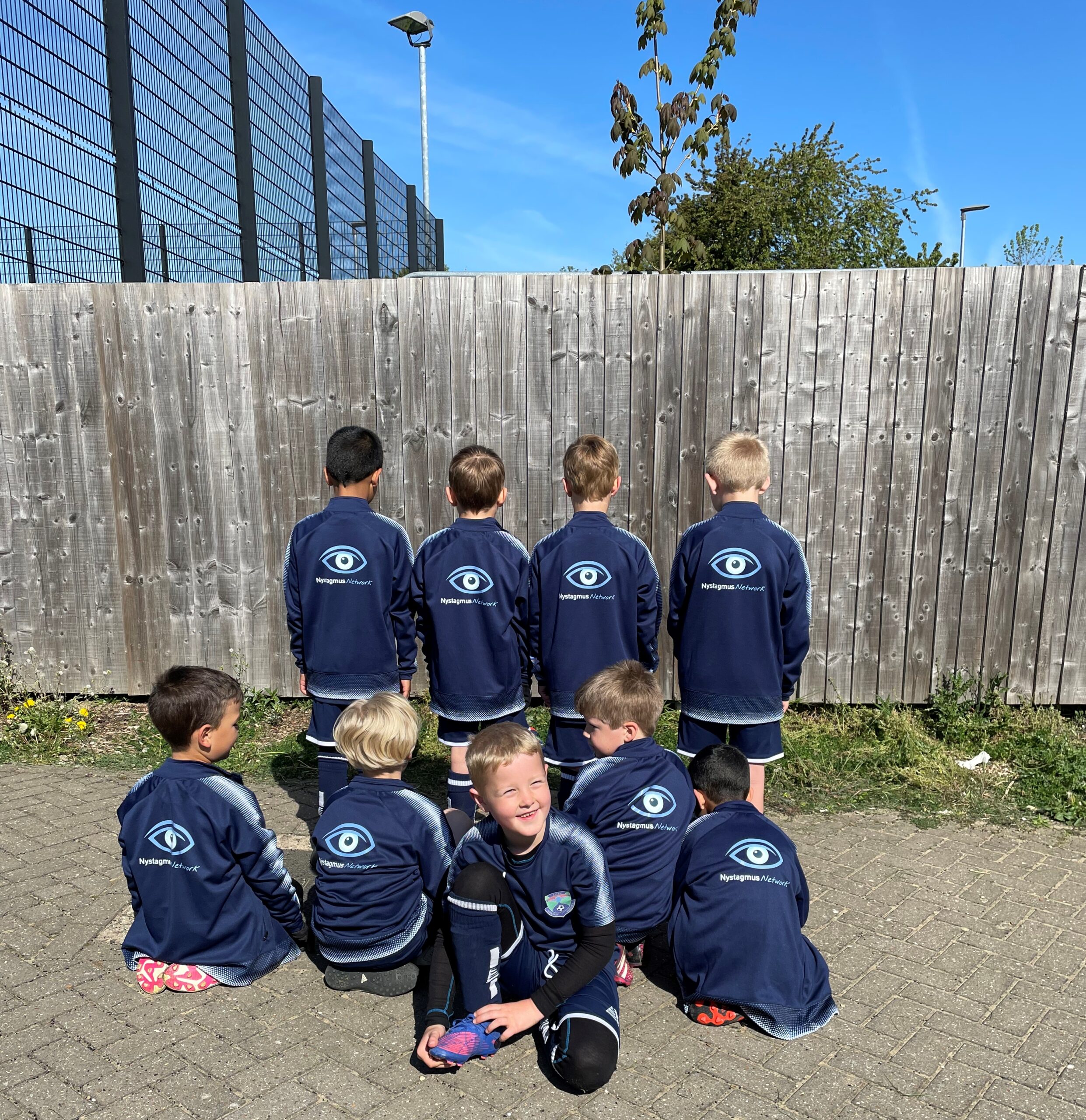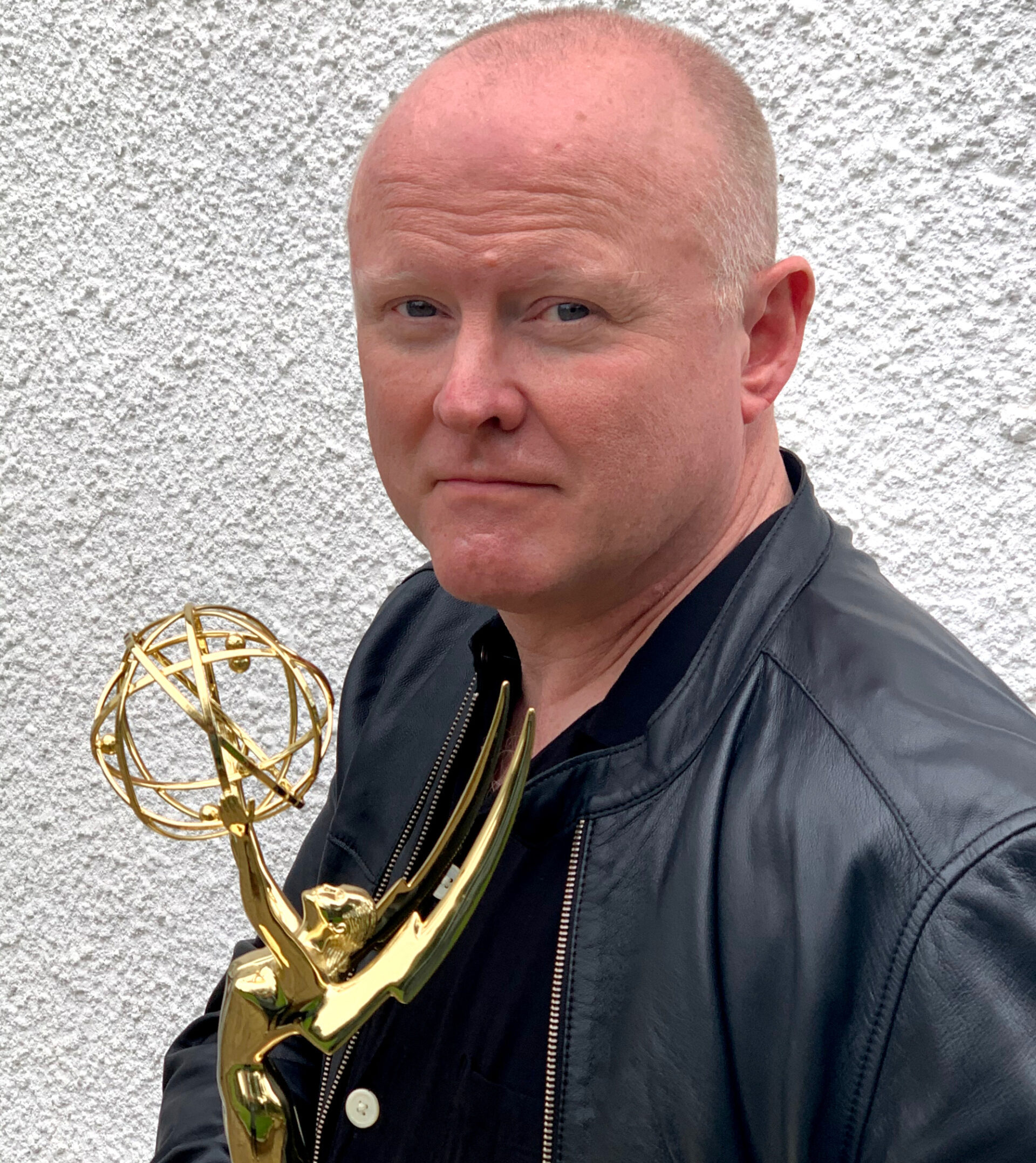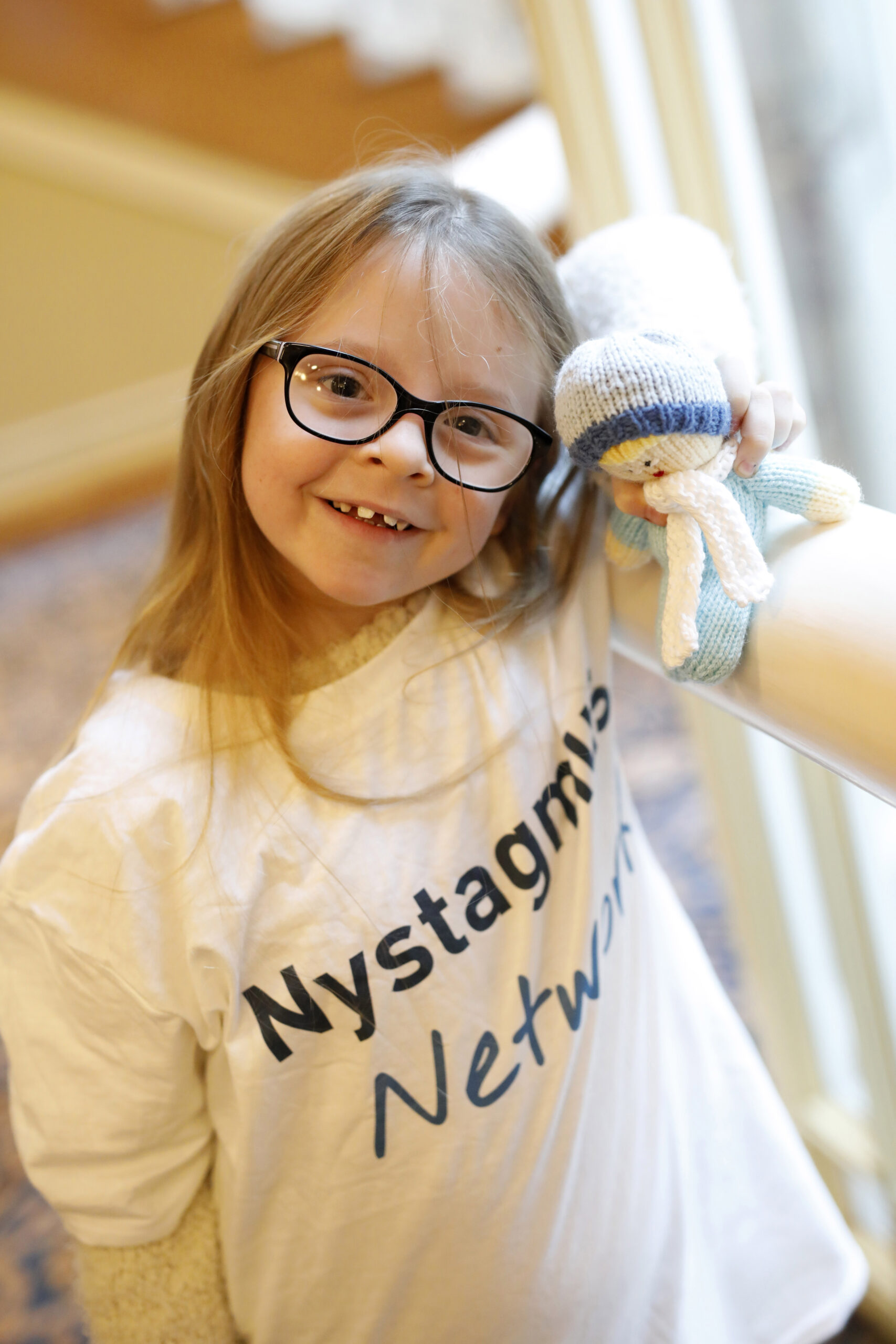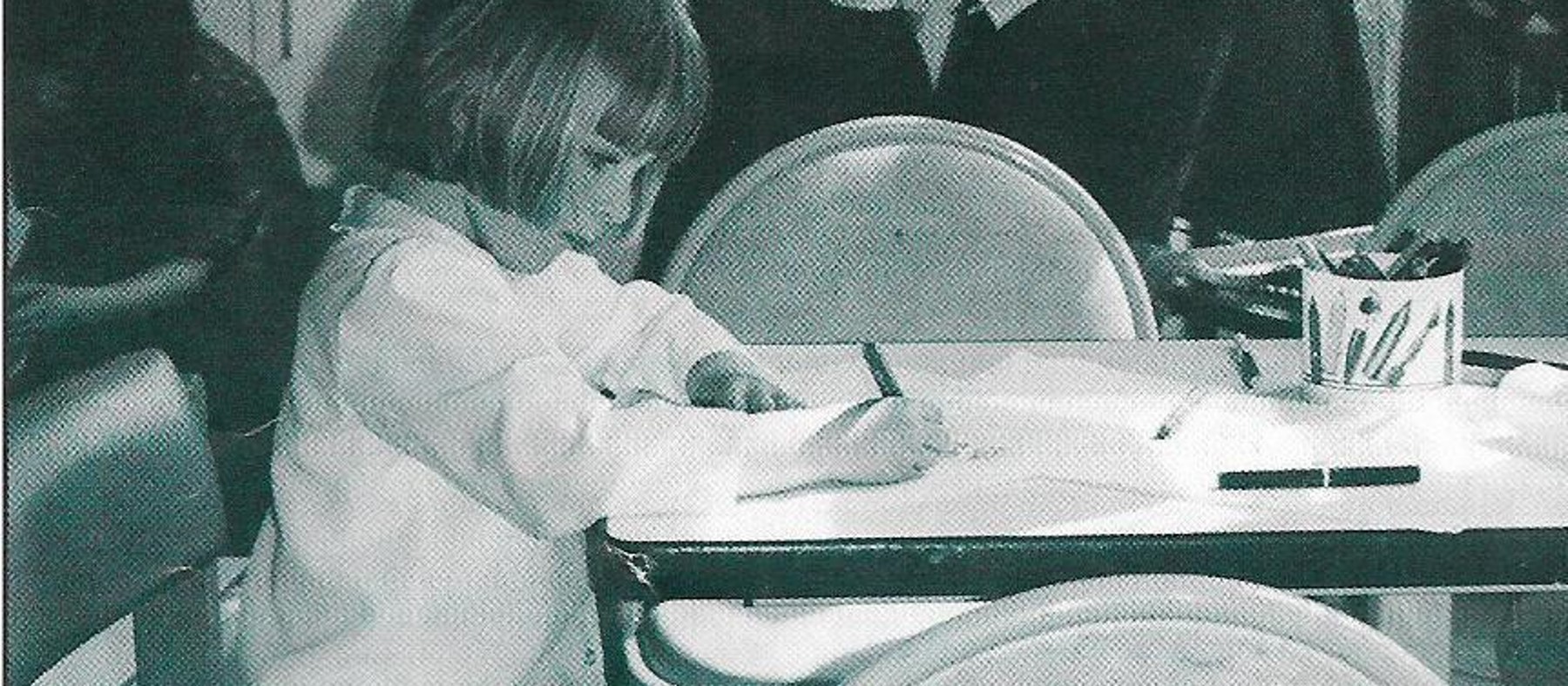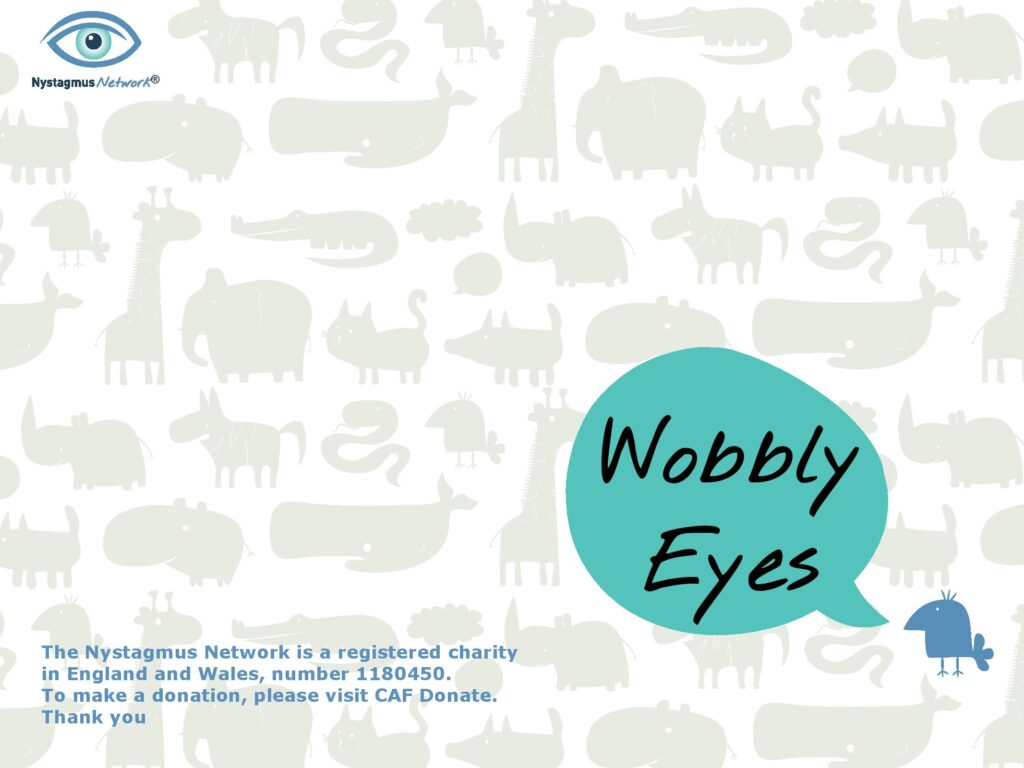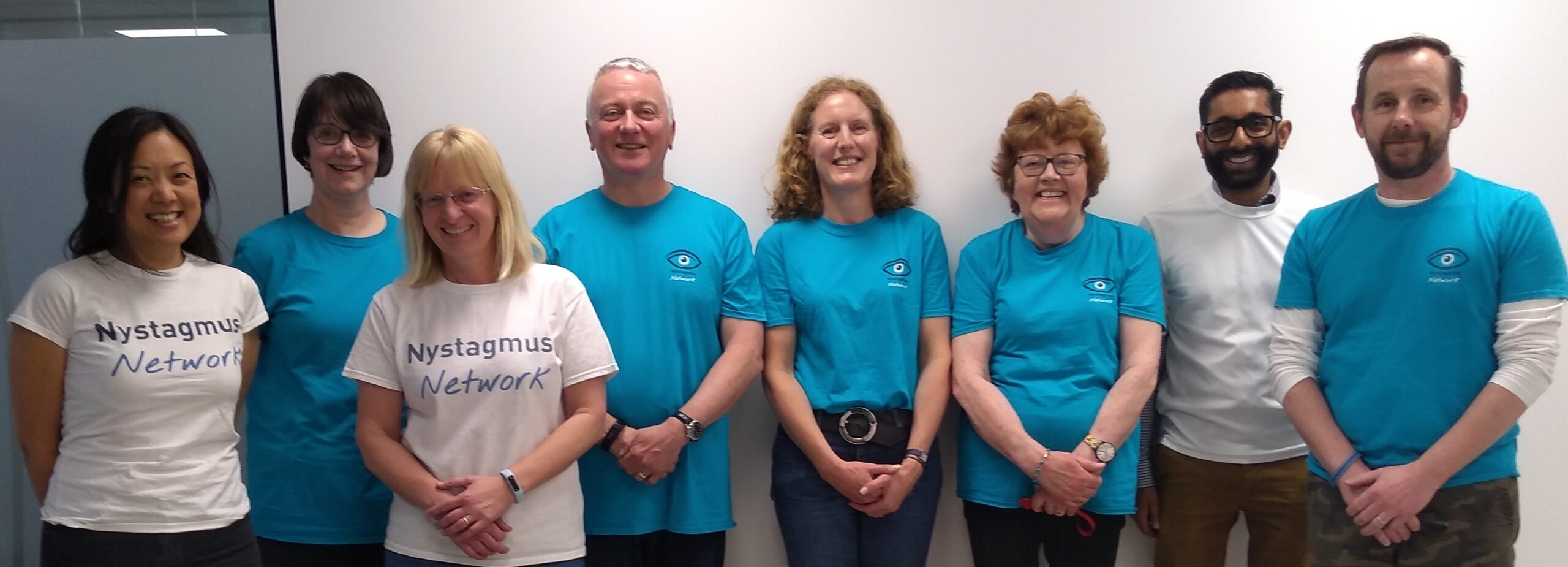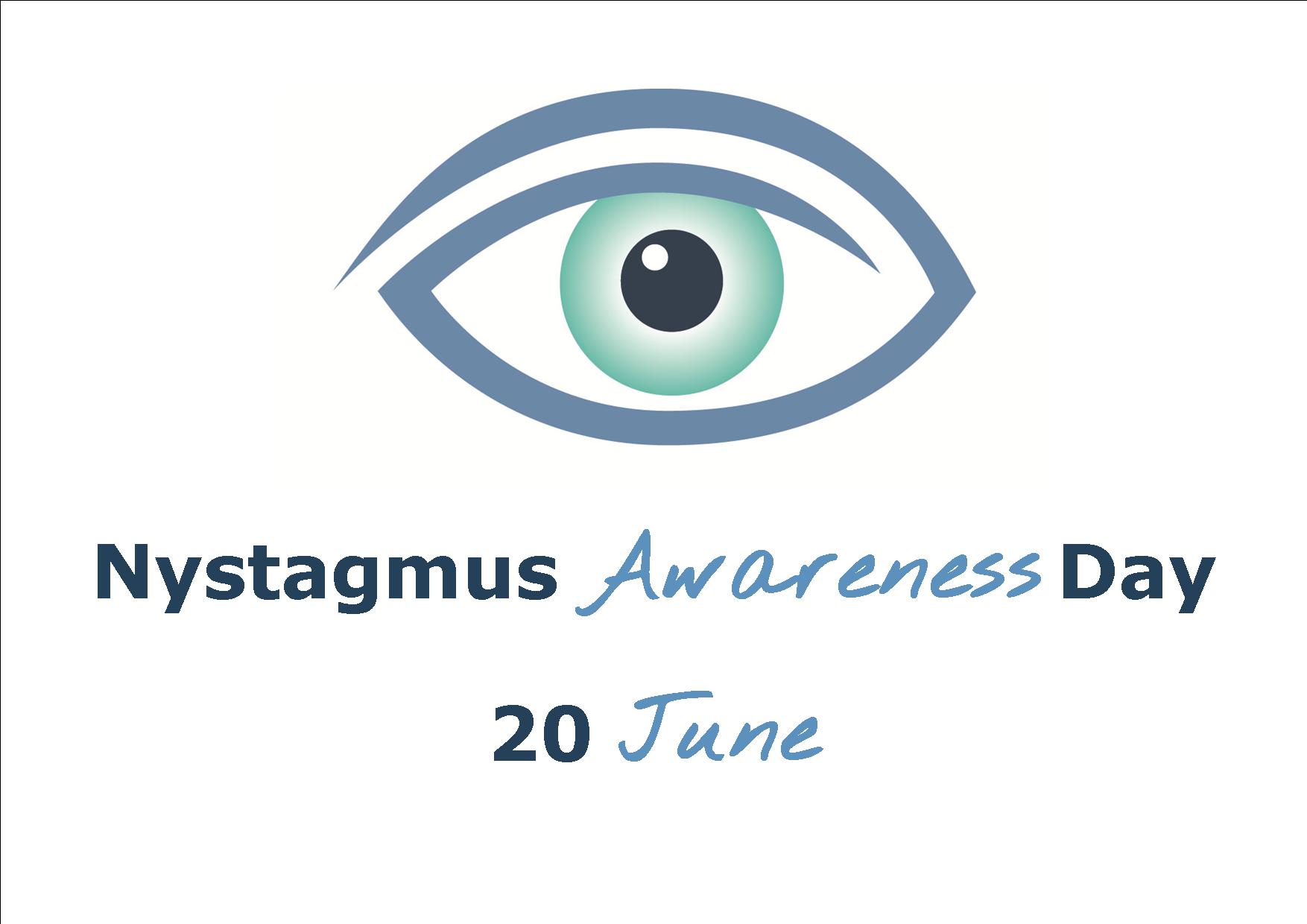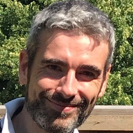For Nystagmus Awareness Day 2022 we are delighted to share Joel’s nystagmus story, in his own words:
What is nystagmus?
Not many people know what nystagmus is. The best way to describe it is movement of the eye without the will of the mind. The condition is characterised by uncontrollable eye movements from side to side, up and down, or round and round. The degree to which those eye movements affect your sight and quality of life varies from person to person. Everyone agrees – it’s a very difficult condition to describe.
I was born with nystagmus. I can see all around me, but not the detail and often not in focus. When I was younger, nystagmus was about second guessing. It was looking five times to focus when the average person could look just once. However, as my brain was having to constantly make the best guess about what I could see – the smallest visual clue was often enough to determine what I was looking at. As I’ve got older, I’ve learnt to see with my brain before my eyes, and my nystagmus has become less noticeable.
Living with nystagmus
Nowadays, I’m not embarrassed by my ‘dancing eyes’, but when I was younger it was very different. I was sometimes not allowed into clubs or pubs due to the bouncers thinking I was on drugs. And trying to make new friends when people notice ‘that weird thing your eyes do…’ is the icebreaker that I never wanted. I would also struggle to see facial cues or other gestures people were making. As a teenager I learnt that squinting at girls to see what (if any) facial cues they might be giving you is never attractive!
Although I’ve adapted to my disability, it still affects my day-to-day life. I can’t drive. I can tell when a car is coming, but I won’t catch the registration number.
I struggle to recognise faces from a distance (it doesn’t have to be that far); this creates a daily dilemma. Do I risk unintentionally blanking someone that I know or risk staring at someone I don’t know (and only realising this at the last moment)? My mood dictates how I manage this conundrum. If I’m feeling introverted, I look downwards when I walk and glance upwards at the last moment to see if I recognise the person. If I’m feeling sociable, I will say hello to absolutely everyone (and potentially make some new friends along the way!)
At work, I need to sit close to any presentations being made by colleagues. Focusing on text on the screen can be tiring after a while so I have a large monitor and take regular screen breaks. My nystagmus is also a meter for how tired and stressed I am. When I’m relaxed the rapid eye movement reduces.
What I’ve gained from nystagmus
Nystagmus is a weakness that became my biggest strength. It has taught me how to overcome the odds and find creative and inventive ways to make the seemingly impossible, possible.
My ability to see things differently helped me secure my first professional job: an advertising creative at Saatchi and Saatchi. And it has helped me in many different ways since. From writing comedy sketches for BBC radio to leading an award-winning Her Majesty’s Government programme to help more disabled people enter political life.
Nystagmus has meant I’ve always had to work 10 times harder than most other people; it’s made me who I am today. I was the first person in my family to attend university and secure a leadership position in a white-collar job.
Nystagmus has also created a magical resolve within me that ensures I never stop trying. I submitted over 250 unsuccessful applications before getting my first real job opportunity. But when people have given me opportunities, the work ethic instilled into me by nystagmus has meant I’ve always repaid their faith. And that has led to many amazing adventures in the UK, Canada, Brazil, Indonesia and Azerbaijan.
Nystagmus is ‘normal’ for me, so I’ve never written about it before. However, my three-year-old daughter was also born with nystagmus and I know the challenges and discrimination she might face. If I can help increase awareness of the condition, perhaps her journey will be a little less bumpy in the years ahead.
Thank you to Joel and his Mum, Joan for sharing this personal nystagmus story
